Man’s Processional Tunic (Uncu) (Túnica procesional masculina [uncu])
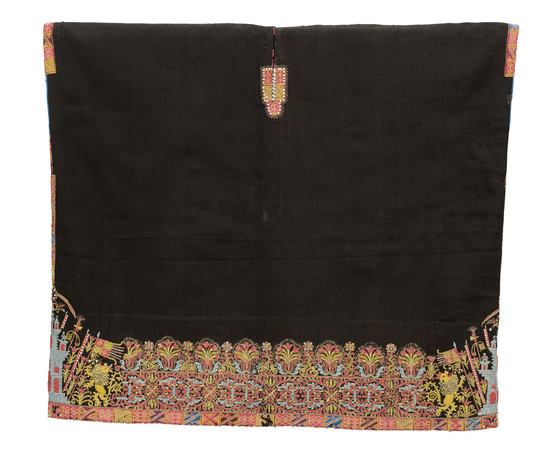

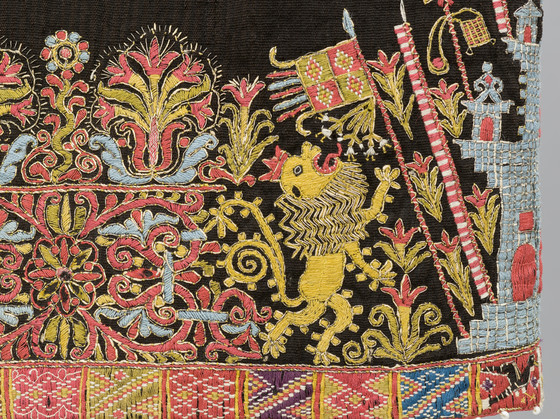
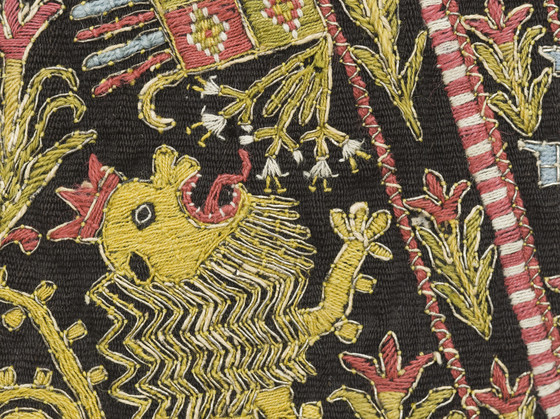
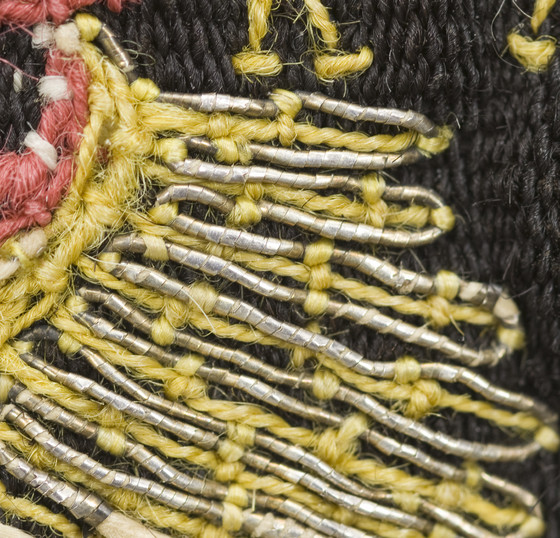
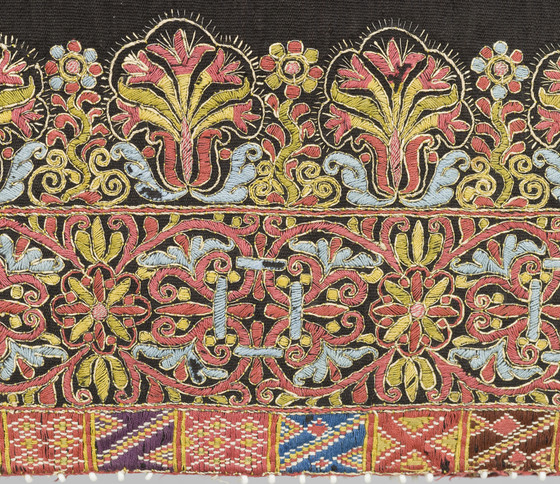

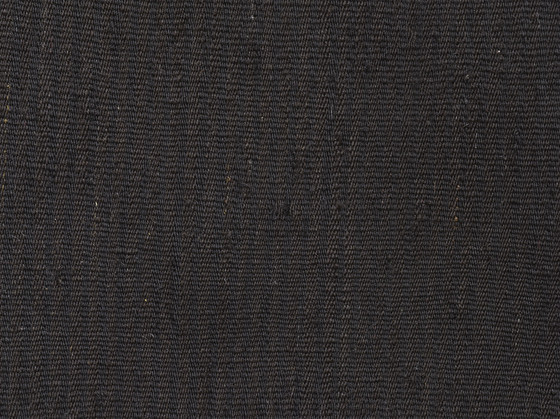
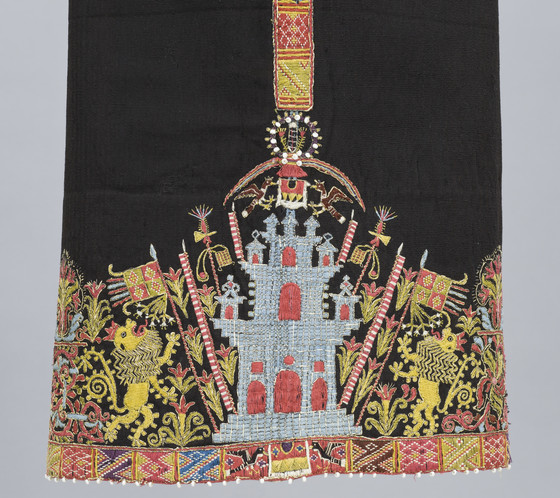
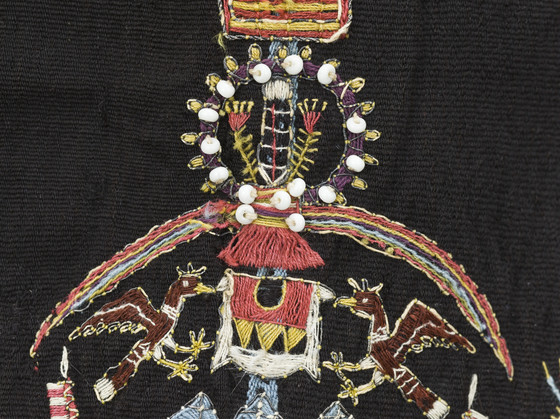
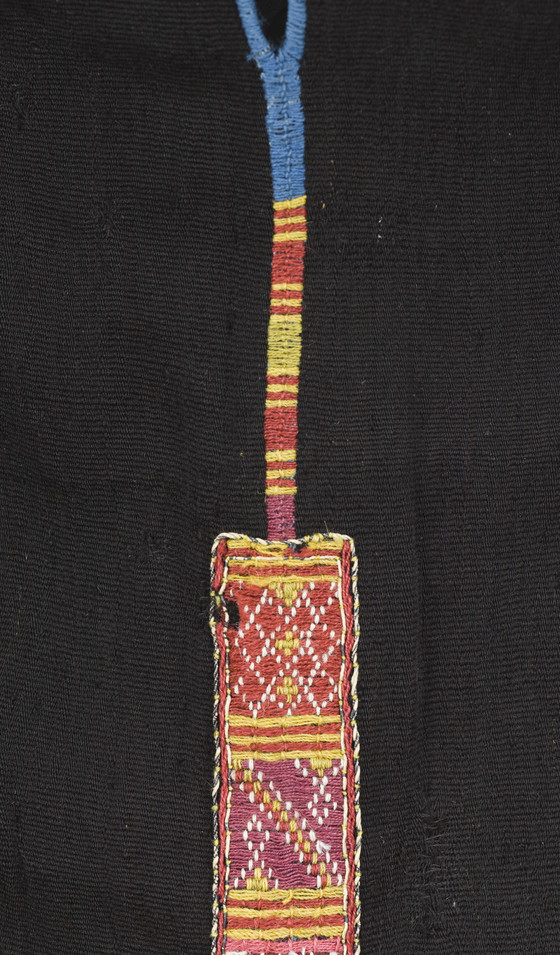

Please log in to add this item to your gallery.
View comments
No comments have been posted yet.
Add a comment
Please log in to add comments.
Please log in to add tags.
* Nearly 20,000 images of artworks the museum believes to be in the public domain are available to download on this site.
Other images may be protected by copyright and other intellectual property rights.
By using any of these images you agree to LACMA's Terms of Use.
Man’s Processional Tunic (Uncu) (Túnica procesional masculina [uncu])
Costumes; outerwear
Camelid-fiber plain weave with silk and metallic thread embroidery and glass beads
30 1/2 × 36 in. (77.5 × 91.4 cm)
Art Museum Council Fund (M.2007.68)
Not currently on public view


